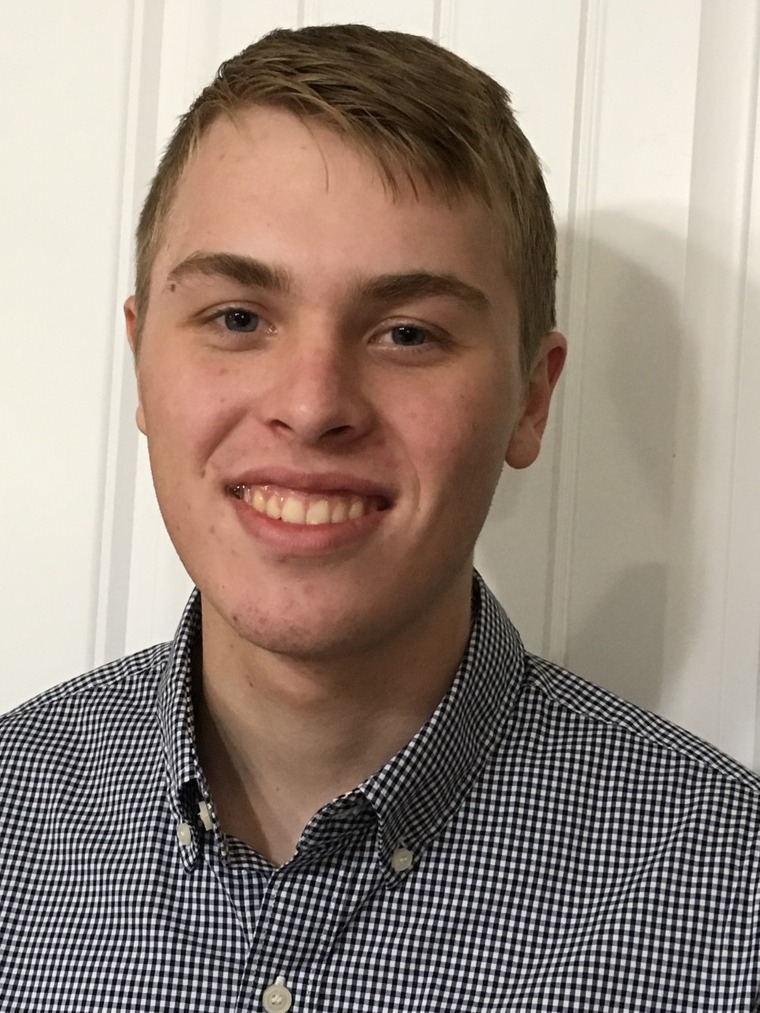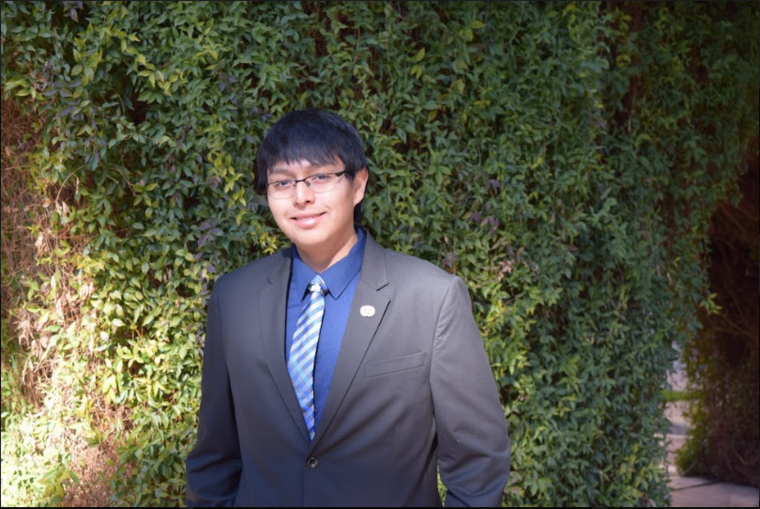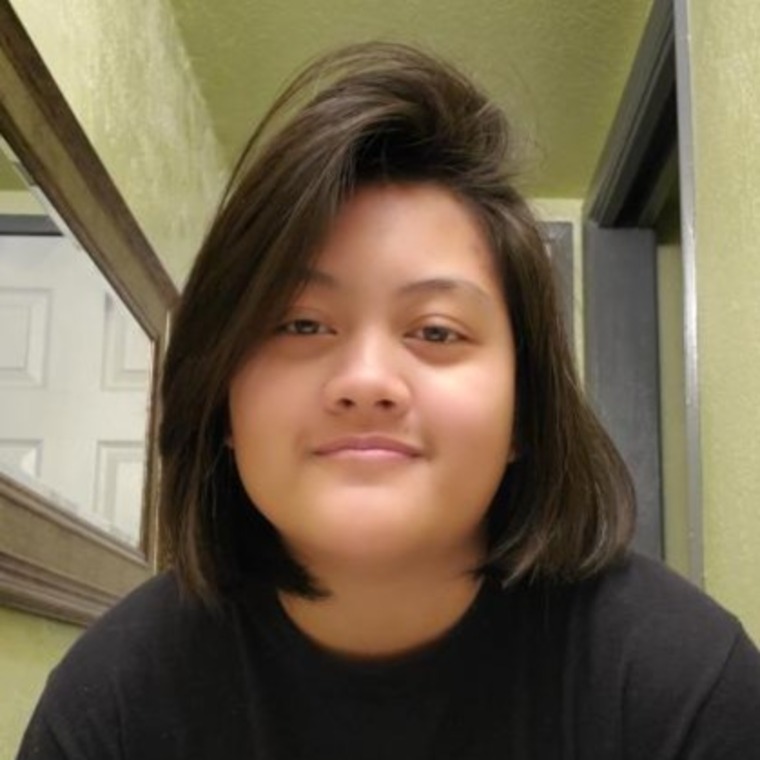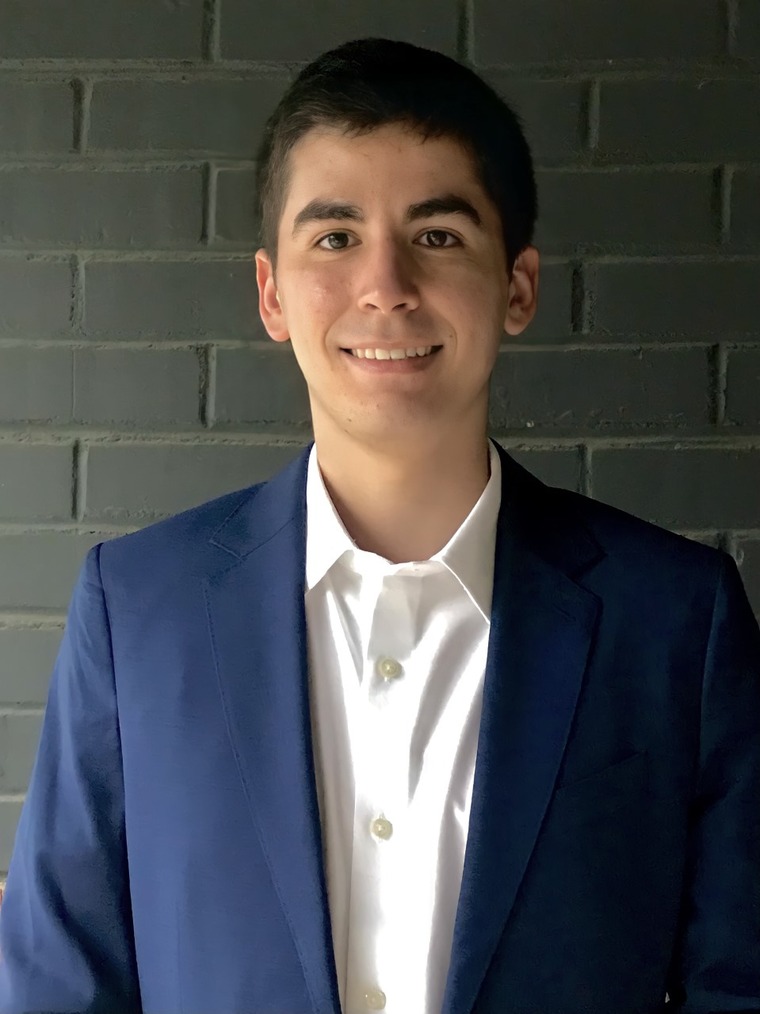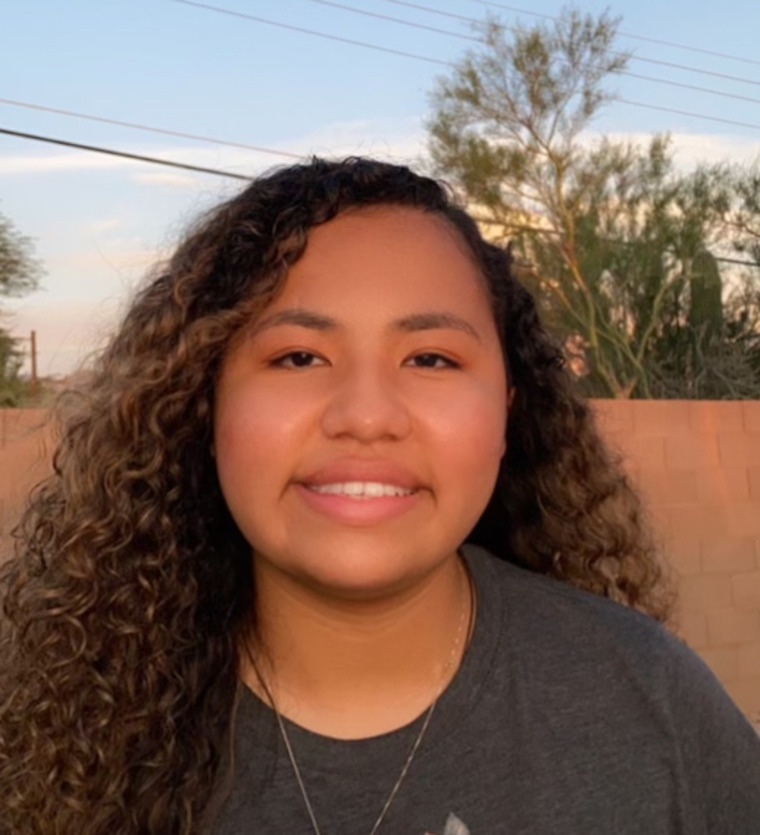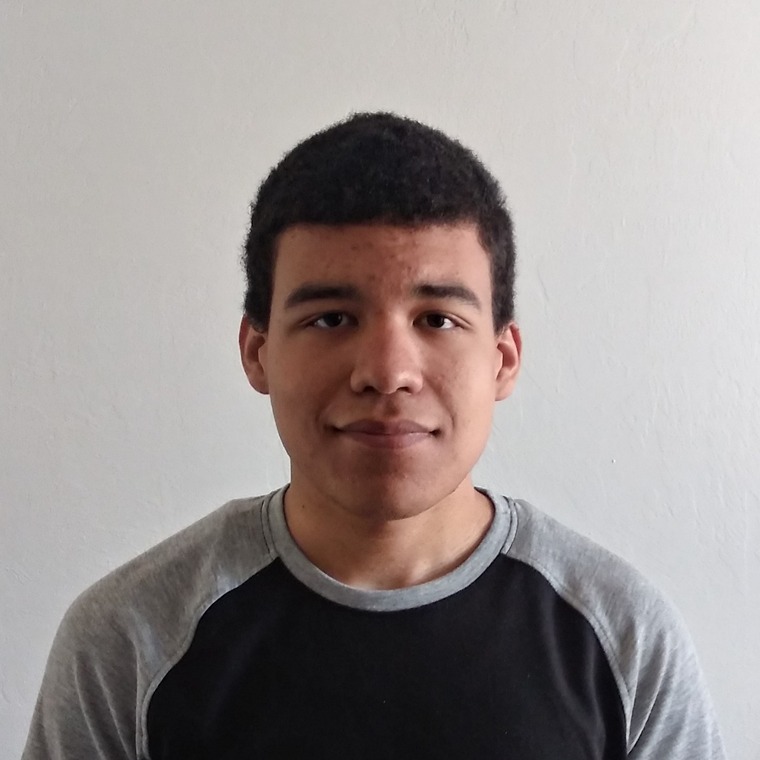Alexia Kubas
Alexia Kubas
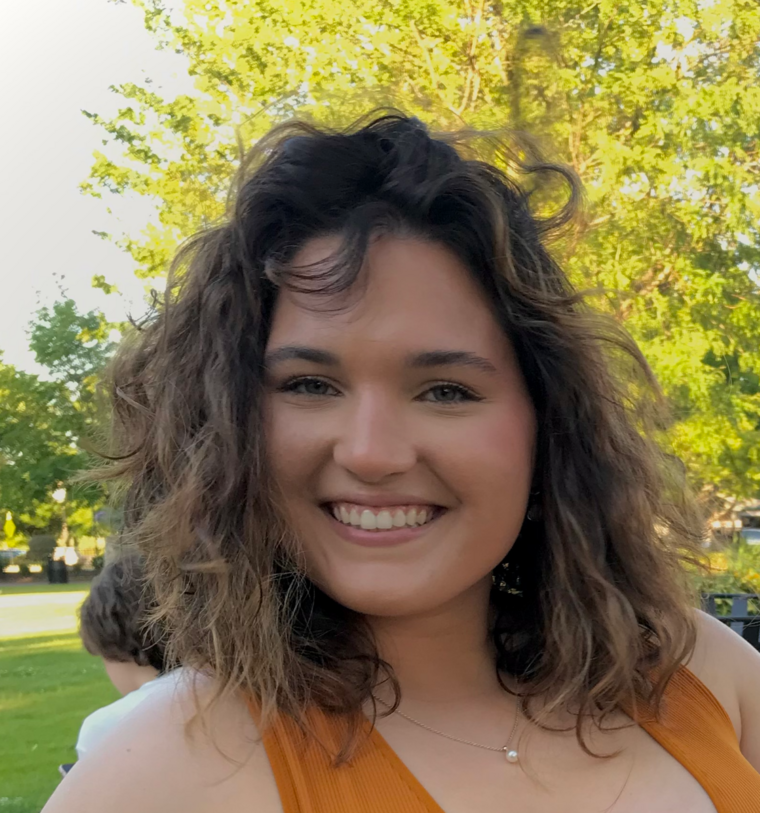
Alexia Kubas is a University of Arizona Senior majoring in Astronomy. Alexia works with Christopher Hamilton from the Lunar and Planetary Laboratory in the Planetary Sciences Department on a project titled "Giordano Bruno: Secondary impact cratering processes on the Moon".


